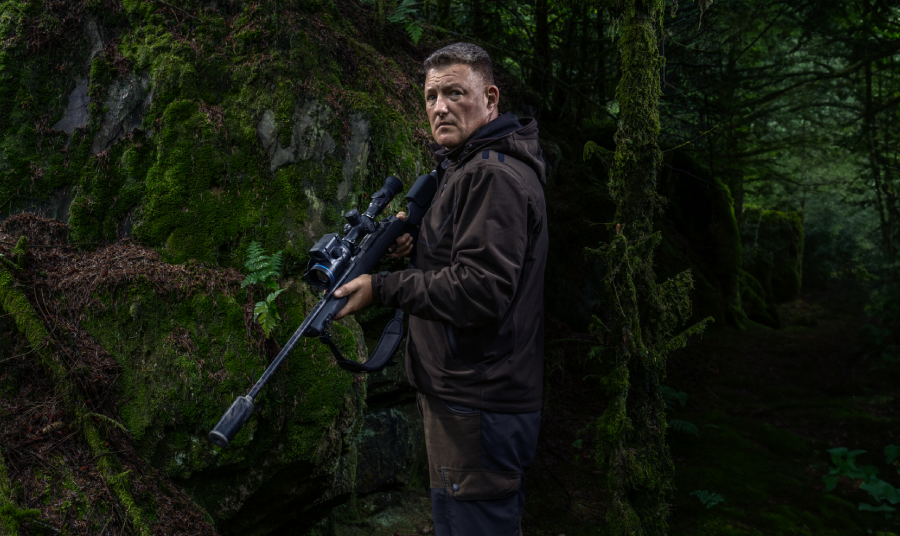For hunters who prefer to hunt at night, the choice between thermal and night vision riflescopes can be a perplexing one. Both technologies offer distinct advantages, tailoring their effectiveness to specific hunting scenarios. Understanding the nuances of each system helps hunters make informed decisions about what kind of riflescope they should use on their nighttime hunting adventures.
Night Vision: Amplifying Ambient Light
Night vision devices operate by amplifying the faintest traces of ambient light, rendering objects visible in low-light conditions. This technology proves particularly useful during moonlit nights or in areas with some residual illumination. However, its reliance on ambient light renders it ineffective in complete darkness.
To overcome this limitation, night vision devices are often paired with infrared (IR) illuminators, which emit invisible light that can be detected by the device, extending its range. However, evidence suggests that certain animals, such as fish and snakes, possess the ability to perceive IR light, potentially alerting them to the hunter's presence. It is also assumed by some that foxes and wolves can pick up infrared light, but this is a matter of conjecture.
Thermal Imaging: Harnessing Heat Signatures
Thermal imaging takes a different approach, utilizing infrared radiation emitted by all objects as a form of heat signature. This technology provides superior detection capabilities regardless of ambient light levels, even in complete darkness. Thermal images offer sharper contrast and greater range than night vision, enabling hunters to identify and engage targets with greater precision.
This technology proves particularly effective in defeating camouflaged targets. While a boar may remain hidden within the darkness beyond the IR range of a night vision device, a thermal camera reveals its heat signature, making it shine like a beacon in the night, especially when it’s viewed through a white hot palette. This advantage becomes even more pronounced with high-sensitivity thermal cameras such as the Thermion 2 LRF XL50, which can detect even the faintest heat signatures at an impressive distance of 2,500 yards.
The integration of a laser rangefinder into a thermal riflescope provides hunters with crucial range data for accurate shot placement, which is more effective on a thermal device than it is on a night vision riflescope, due to the extended detection ranges of the former. The Thermion 2 LRF XL50's laser rangefinder, for example, boasts an impressive range of 875 yards, significantly exceeding the detection range of most IR illuminators, which tend to fade away past 300 yards.
The decision between thermal and night vision riflescopes hinges on the specific hunting scenario. For nighttime hunting in low-light conditions, night vision devices offer a cost-effective solution. However, for hunting in complete darkness or where target identification is crucial, thermal imaging reigns supreme.
When choosing between thermal or night vision riflescopes for hunting, both technologies have their place. Night vision scopes excel in situations where ambient light is available, making them ideal for shorter range identification. However, they can be limited by complete darkness and the potential for some animals to detect IR light.
On the other hand, thermal imaging riflescopes offer unparalleled versatility and can be used effectively in total darkness, providing extended detection ranges and sharp contrast. Thermal riflescopes with integrated laser rangefinders like the Thermion 2 LRF XL50 further enhance their utility, especially when precise distance measurements are required.
Ultimately, the choice between thermal and night vision riflescopes depends on your hunting conditions and preferences. If you're seeking a scope that can perform in a wide range of scenarios and deliver exceptional detection capabilities, thermal imaging riflescopes may be the way to go. However, if your hunting primarily takes place in conditions with some ambient light, a night vision scope might be the better choice.



